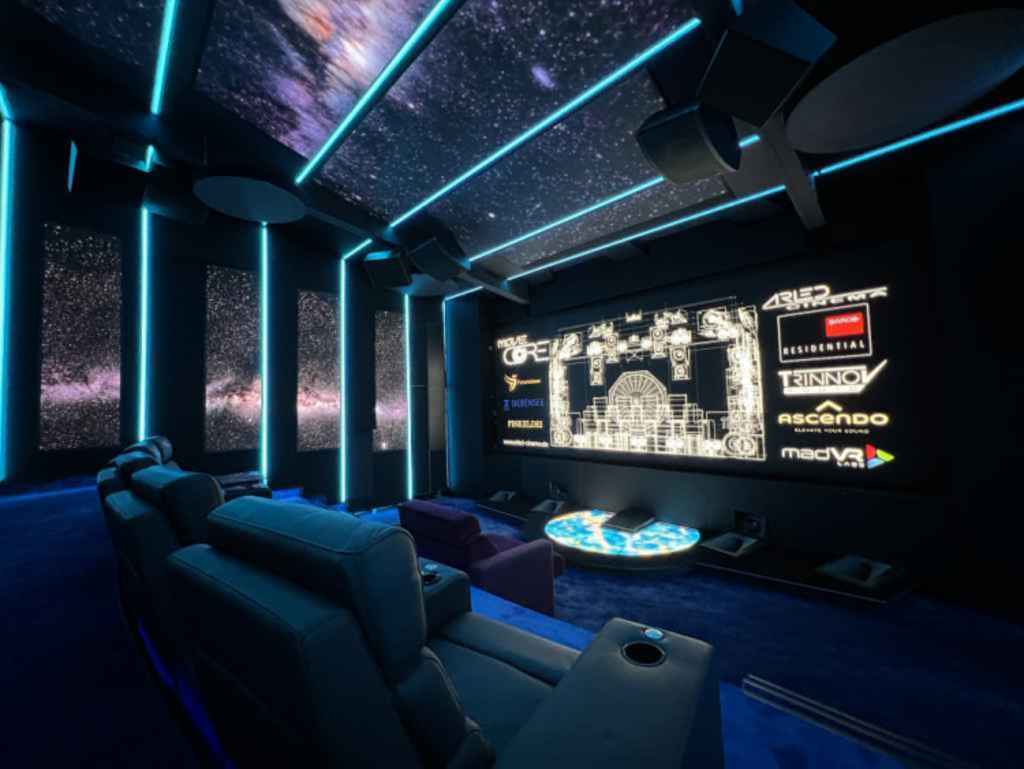CEDIA has compiled predictions from industry experts about what the smart home will look like in 10 years' time, predicting that biometric authentication, voice control, immersive experiences and hyper-personalization will become the norm.
The new report, which questioned experienced CEDIA members and installers around the world, predicts that over the next decade homeowners will no longer use keys, switches and speakers in their homes as technological innovations and installations develop and diversify.
Insights and forecasts from industry experts are based on current trends, customer demand, and technological developments to predict what the smart home will look like in 2034.
Research suggests that 3D fully immersive experiences with viewpoint options will become the norm in entertainment, exercise, gaming and remote work. Biometrics and voice control will also become automation options, aligning controls for security and utility management, limiting the need for installing keys, switches and apps.

Knect Inc.
The report also suggests that hyper-personalization will be a big part of the smart home of the future. All systems and smart technology will be synced with wearable technology to create personal home preferences so homeowners don't have to lift a finger when they come home. Heating, sound systems and lighting are just some of the elements that will automatically change based on preferences.
Finally, industry experts believe that speakers and remote controls will disappear. Reports suggest that speakers will be cleverly hidden within the fabric and fixtures of the home, never to be seen in any room, but with audio quality comparable to a nightclub. Remote controls for devices and fixtures will also disappear, as they will be controlled through voice activation or in the form of an app.
Commenting on the survey results, Walt Zerbe, senior director of U.S. technology and standards at CEDIA, said, “Some of the big changes we'll see are the rise of biometric authentication, the disappearance of the remote control, and the possibility of consumers selling the data in their homes. I also think that consumers will continue to drive technological change by becoming more tech-savvy and thinking differently from manufacturers.”

ARLED Cinema
Steve Moore, founder of SMC Smart Home in the UK, believes the relationship between installer/engineer and customer will become even more important: “It's one of the most important differentiators separating installers from do-it-yourself customers with rapidly evolving technology, and will be even more important in 2034.”
Moore also believes AI will play a big role in the future of smart homes: “AI is clearly an area of active development and discussion in the tech world right now. I believe that by 2034, AI will be fully relied upon, working seamlessly in the background across a vast array of devices and technologies, making homeowners' lives more streamlined and accessible.”
Other areas predicted to see significant developments in the home environment include wearable robots for assisted living, a focus on energy efficiency, indoor-outdoor merging, and advances in technology to create unique outdoor spaces that are an extension of the home.
Main image: MosaicAV

